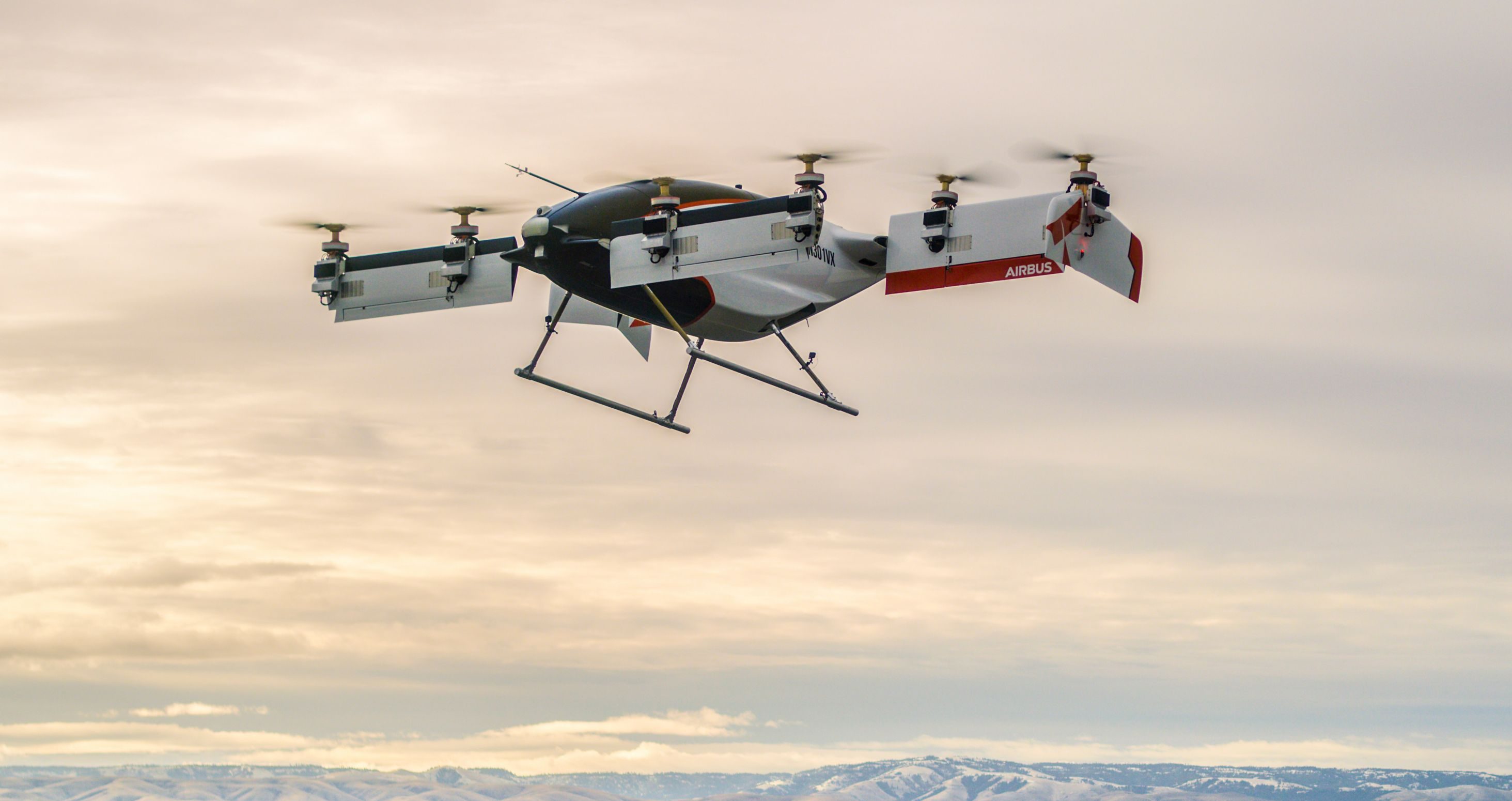Almost 85% of people will not fly in an unmanned aircraft

Despite a large influx of autonomous aircraft development in 2017, the vast majority of people are still unwilling to fly in an unmanned/pilotless aircraft.
Helicopter Investor asked more than 1,200 US citizens whether they would be willing to fly in an unmanned aircraft and 84.8% said NO, with only 15.2% willing to take to the air.

Perhaps unsurprisingly, millennials are more willing than their elders to fly in unmanned aircraft, but not by much. Approximately 20% of the 18-24 and 25-34 age range would be prepared to fly in an unmanned aircraft. This drops to 14% for the 35-44 age range and 16.3% for the 45-54 range.
According to the results, men are more than twice as likely than women to fly autonomously. 136 of the 668 men questioned said they would fly in a pilotless aircraft whereas less than 10% – only 55 of the 567 women – said they would.
The public’s unwillingness to fly unmanned is, perhaps, something that OEMs pursuing an autonomous urban flight aircraft need to address. Airbus is at the front of the pack with the Vahana electric vertical take-off and landing (eVTOL) aircraft which made its first flight earlier this month.
The Vahana has autonomous features and hoping to fly more than 1 billion flight hours of air taxi flights every year and is targeting the specific of people who are reluctant to fly autonomously – the average worker. With such a lofty goal, autonomous flight is a necessity. Close to half a million pilots would be needed to provide air taxi services on this scale – 20 times the 24,000 currently available in the US.
Bell is close behind, developing its FCX-001 air taxi to fly on the upcoming UberAir service which has autonomous features. However, instead of pursuing autonomous flight head on, Bell sees the air taxi as a “stepping stone” to the future of fully autonomous unpiloted air vehicles.
The publics unwillingness is perhaps understandable as the general populace is still unwilling to ride in driverless cars. Whilst a whole host of new cars feature autonomous options, and countries like the UK looking to bring driverless cars on the road by 2021, most people are still unwilling to ride in them.
A recent Reuters poll showed that only 27% of respondents said they would feel comfortable riding in a driverless car.
Image problem?
Pilotless aircraft are linked to drones, with some of these new autonomous aircraft being designed by drone manufacturers, such as the new Ehang184, the Chinese-made autonomous aircraft that has had extensive testing – flying a number of government and company officials earlier this month.
Outside of tech-focused publications, the times we generally hear most news about drones is when they crash. However, this is generally down to human error on the part of the person piloting the aircraft from the ground. While these drones are not autonomous, they are linked via namesake, with the Ehang 184 being dubbed a “passenger drone” by the manufacturer itself.
It is telling that other companies have settled on ‘VTOL’ as a catch-all term for this new wave of passenger aircraft.
Air Taxi services
Outside of vacations and the occasional business trips, flying is not part of the average person’s daily life. However, Air Taxi firms are looking to change that.
All these new drones and VTOL projects are being built to fly short-range urban commutes. This is not a new idea, New York Airways started flying passengers across the city in 1953 and air taxi services such as Voom are established in cities with a large number of helipads such as São Paolo.
Airbus’s Vahana, the Volocopter, and Bell’s FCX-001 are three of the new-wave air-taxi prototypes and all three have autonomous capabilities. The air taxi services themselves want to start operating quick, with UberAir – the ride-hailing service that is Uber’s new air-taxi project – looking to start flying in Texas and Dubai by 2020.
Uber Air partnered with aircraft manufacturers Bell and Aurora (a Boeing subsidiary) among others to develop aircraft to fly on the service. The aircraft we have seen so far are designed with automation capabilities but will initially start flying passengers with a pilot.






